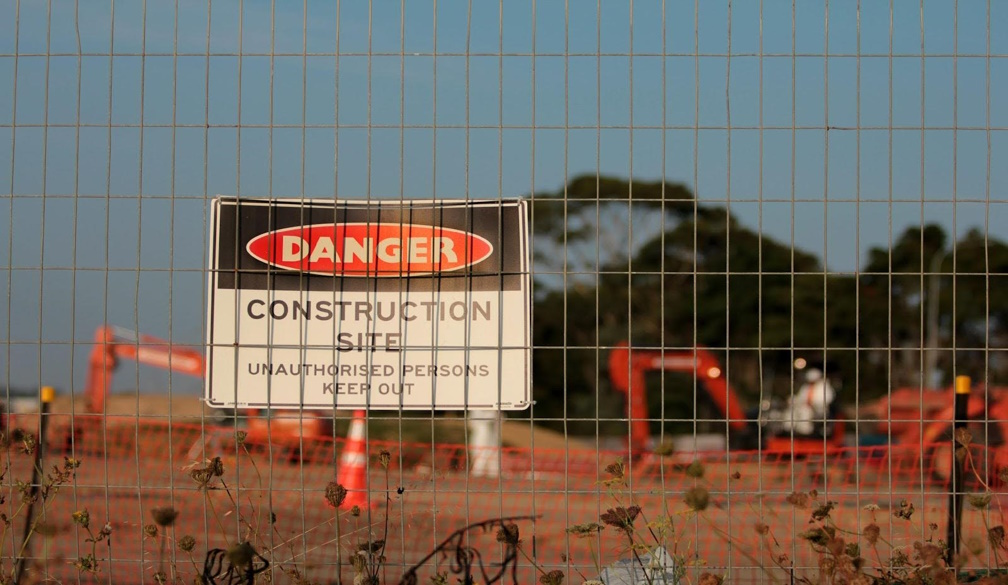Challenges of Working in Sensitive Construction Areas

Projects involving construction in sensitive locations provide special difficulties requiring thorough evaluation of safety, environmental impact, and community relations. Planning and implementation must be done holistically to strike the complex equilibrium between development and preserving the local quality of life, ecosystems, and current buildings. Encouraging good ties with the community becomes crucial as stakeholders negotiate the complexity of regulatory compliance and the possibility of project delays and cost overruns. Construction teams can strive for successful results that respect both the needs of the project and the concerns of people impacted by it by giving safety procedures and environmental stewardship a top priority. Clear communication is also of great importance.
Safety concerns
Working in sensitive building sites can provide a variety of safety risks that call for careful design and execution. The close proximity to current buildings, public areas, and other environmental risks calls for thorough risk analyses and strict safety measures. Using a suction excavator can be especially useful in controlling the presence of underground utilities and reducing ground disturbance properly. This approach not only helps to prevent harm to concealed infrastructure but also solves unstable ground conditions and the risk of running across dangerous chemicals. Furthermore, limiting disturbance to surrounding companies and homes adds even more difficulty since good communication and coordination are necessary to guarantee compliance with local rules and safety.
Environmental impact
For building projects in sensitive locations, the possibility of environmental damage raises serious issues. Disturbances to local ecosystems can lead to habitat loss for wildlife, soil erosion, and water pollution—all of which might have long-lasting consequences on the nearby area. Reducing these effects calls for thorough environmental evaluations and the acceptance of sustainable measures, including efficient waste management techniques and little land disturbance. Moreover, following environmental rules and interacting with nearby populations helps promote a more responsible attitude to building and safeguarding ecological integrity while also achieving development objectives.
Community relations
The success of building projects in sensitive locations depends on developing a good rapport with the nearby residents. Residents often worry about noise, dust, and disturbances to their everyday lives; if these issues are not appropriately managed, tensions may result. Regular updates, public consultations, and open communication within the community serve to build trust and understanding of how one interacts. Furthermore, including local stakeholders in decision-making processes helps to foster responsibility and cooperation, which eventually helps to ensure better project execution and more harmonious coexistence between building activities and community interests.
Project delays and cost overruns
Common traps in projects located in sensitive building areas are delays and budget overruns, usually resulting from unanticipated difficulties. Strong regulatory standards, unanticipated environmental problems, and the necessity of more community discussions can greatly stretch deadlines and distort expenses. Moreover, the need for specialised tools and trained labour to negotiate this complexity could cause an expensive burden. To minimise these risks and guarantee that projects stay on schedule while following safety and environmental criteria, good project management—including comprehensive planning and contingency strategies—is absolutely vital.
Conclusion
Negotiating the complexity of building in sensitive locations calls for a multifarious strategy that prioritises community involvement, environmental preservation, and safety. Project teams can reduce possible obstacles and improve project results using extensive risk analyses, sustainable methods, and encouraging honest communication with the local population. Understanding the need for teamwork and proactive planning helps solve the issues of all the involved parties. It guarantees that building projects benefit the surroundings and community, thereby promoting responsible and effective growth.Image attributed to Unsplash.com







